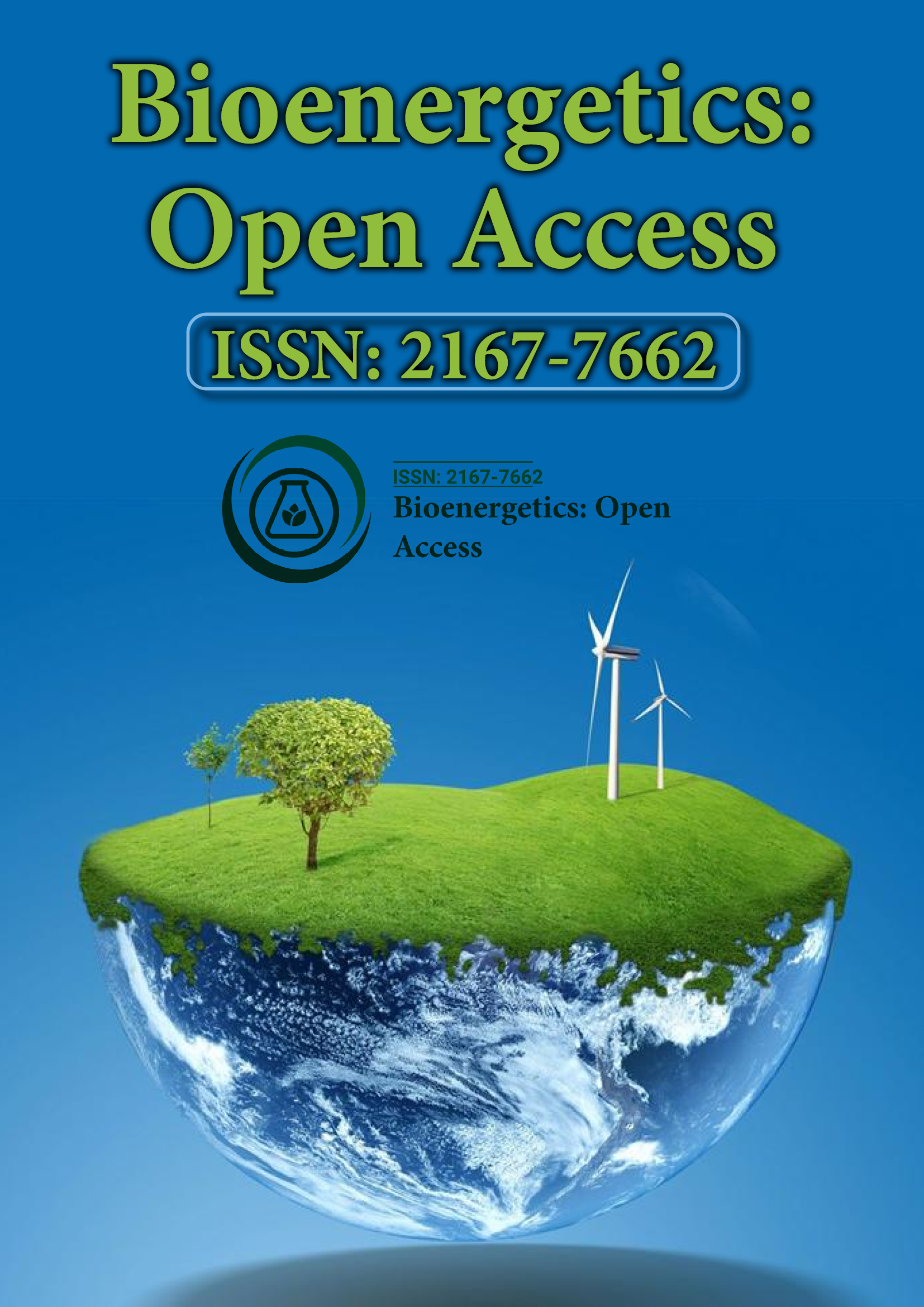Indexed In
- Open J Gate
- Genamics JournalSeek
- Academic Keys
- ResearchBible
- RefSeek
- Directory of Research Journal Indexing (DRJI)
- Hamdard University
- EBSCO A-Z
- OCLC- WorldCat
- Scholarsteer
- Publons
- Euro Pub
- Google Scholar
Useful Links
Share This Page
Journal Flyer

Open Access Journals
- Agri and Aquaculture
- Biochemistry
- Bioinformatics & Systems Biology
- Business & Management
- Chemistry
- Clinical Sciences
- Engineering
- Food & Nutrition
- General Science
- Genetics & Molecular Biology
- Immunology & Microbiology
- Medical Sciences
- Neuroscience & Psychology
- Nursing & Health Care
- Pharmaceutical Sciences
Commentary - (2024) Volume 12, Issue 4
Role of melH in Redox and Bioenergetic Homeostasis in Mycobacterium tuberculosis
Michael Davis*Received: 29-Nov-2024, Manuscript No. BEG-24-28108; Editor assigned: 02-Dec-2024, Pre QC No. BEG-24-28108 (PQ); Reviewed: 16-Dec-2024, QC No. BEG-24-28108; Revised: 23-Dec-2024, Manuscript No. BEG-24-28108 (R); Published: 30-Dec-2024, DOI: 10.35248/2167-7662.24.12.279
Description
The global persistence of Tuberculosis (TB) and the increasing incidence of drug-resistant strains underline the urgent need for novel therapeutic strategies. Mycobacterium tuberculosis, the causative agent of TB, exhibits remarkable survival mechanisms that allow it to persist within the human host despite immune defenses and limited resources. These mechanisms include its ability to manage oxidative stress and maintain bioenergetic homeostasis, which are critical for bacterial survival, particularly in the hostile microenvironment of infected cells. Recent research focusing on the melH gene, which plays an important role in these processes, has opened up exciting methods for potential therapeutic interventions.
In the face of oxidative stress generated by the host immune response, M. tuberculosis must maintain a delicate balance between oxidative damage and its metabolic needs. Reactive Oxygen Species (ROS) are produced by the host's immune cells as a defense mechanism and M. tuberculosis must neutralize these harmful molecules to prevent cellular damage. This is achieved through complex antioxidant systems, but these systems are also tightly linked to the bacterium’s energy metabolism. The bacterium’s ability to regulate both redox balance and energy production ensures that it can continue to persist in environments with limited nutrients and hostile immune responses. The discovery of the melH gene as a regulator of redox and bioenergetic homeostasis presents a new angle from which to target this pathogen.
The melH gene encodes a protein that directly influences the balance of oxidation and reduction reactions within the bacterial cell. This role is essential for maintaining the function of enzymes and the stability of cellular structures under oxidative stress. The melH-encoded protein also impacts the bacterium’s energy production pathways, which are essential for sustaining the bacterium’s metabolic needs. By ensuring that M. tuberculosis can produce sufficient ATP while managing oxidative damage, melH allows the bacteria to survive in environments where other organisms would not survive. This dual role in both redox and energy regulation positions melH as an important factor in the bacterium’s ability to persist in the host.
The implications of these findings for TB treatment are significant. While the standard therapeutic arsenal for TB focuses on antibiotics that target cell wall synthesis or protein production, the rise of drug-resistant strains highlights the limitations of these strategies. In particular, Multidrug-Resistant (MDR) and Extensively Drug-Resistant (XDR) strains of M. tuberculosis present serious challenges to effective treatment. Targeting the melH gene provides an alternative therapeutic approach, one that disrupts the bacterium's ability to balance oxidative stress and energy production-two essential functions for survival. By targeting melH, it may be possible to weaken M. tuberculosis’s adaptive capacity, making it more susceptible to conventional antibiotics or even leading to its eradication.
The concept of targeting metabolic processes such as redox regulation and bioenergetics is gaining traction as a potential strategy to combat drug-resistant TB. By interfering with these fundamental processes, researchers can develop therapies that do not depend on conventional antibiotic mechanisms. The fact that melH influences both the bacterium’s response to oxidative stress and its energy metabolism makes it an attractive target. Disrupting these processes would likely have a more immediate and debilitating effect on the pathogen’s ability to survive, even in drug-resistant strains.
Moreover, the role of melH in bioenergetics also provides valuable insights into how M. tuberculosis sustains itself in the nutrient-limited environment of the host macrophage. Understanding the metabolic flexibility of M. tuberculosis and how it generates energy in the face of limited oxygen and carbon sources, is essential for identifying novel drug targets. By focusing on melH and its associated metabolic pathways, researchers could discover ways to inhibit the bacteria of the energy it needs to grow and survive.
In conclusion, the role of melH in maintaining redox and bioenergetic homeostasis is a critical aspect of M. tuberculosis's survival strategy within the host. As TB becomes increasingly difficult to treat due to rising drug resistance, targeting melH provides an innovative approach to combat the infection. Further research into the precise mechanisms by which melH influences metabolic pathways, its role in different strains of M. tuberculosis and its potential as a therapeutic target will be essential in developing new strategies for TB treatment. The identification of melH highlights the importance of metabolic processes in bacterial pathogenesis.
Citation: Davis M (2024). Role of melH in Redox and Bioenergetic Homeostasis in Mycobacterium tuberculosis. J Bio Energetics. 12:279.
Copyright: © Davis M. This is an open access article distributed under the terms of the Creative Commons Attribution License, which permits unrestricted use, distribution, and reproduction in any medium, provided the original author and source are credited.
